Let’s Meet for TEA
There’s a reason why artists have always sought out quiet places—sanctuaries where the mind unfurls and creativity flows freely. The tea house sketchbook ritual is one such sacred practice, blending the calming ambiance of a tea house with focused artistic intention. Whether you’re a seasoned illustrator or a weekend doodler, combining mindfulness and creativity in this intentional way can bring structure, pleasure, and consistency to your art practice.
This post explores how sketchbook routines anchored in tea house visits can ignite artistic productivity, offer emotional renewal, and deepen your creative process.
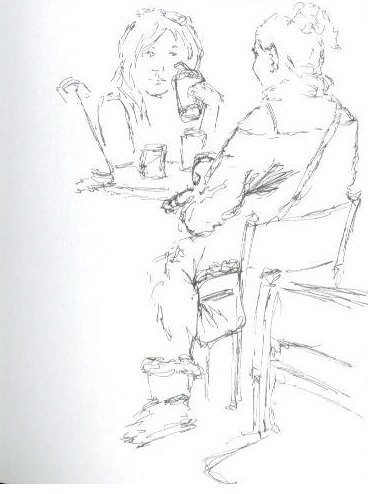
credit: THISS
Why Tea Houses Inspire Creative Flow
Unlike busy cafes or sterile workspaces, tea houses provide an inherently meditative atmosphere. The soft clinking of porcelain cups, gentle background chatter, and subtle aroma of steeped leaves create an environment where your senses can rest and your focus sharpens.
The act of ordering tea, sitting down, and taking a breath offers a natural transition into creative headspace. Just like journaling or meditating, sketching in a tea house becomes a ritual—a reliable cue that it’s time to create. This mindset shift is essential for overcoming creative inertia, combating overthinking, and cultivating presence.
Preparing for a Tea House Sketching Session
The ritual begins before you even step inside. Preparation helps reduce friction and deepens intention. Here’s a recommended pack list:
- Sketchbook: Choose one that fits your pace—smooth pages for fast lines or textured paper for watercolor.
- Drawing Tools: A mechanical pencil, black ink pen, brush pen, or portable watercolors.
- Minimal Supplies: Keep your kit light and focused—avoid overpacking.
- Reference Stimuli: A small prompt list, poetry fragment, or color swatches for jump-starting ideas.
Establishing this routine trains your brain to expect creativity in specific settings, much like morning pages or studio habits do for other artists.
Selecting the Right Tea House
Not all tea spaces are equal when it comes to productivity. Look for these characteristics:
- Ambient Noise: A gentle soundscape fosters concentration without distraction.
- Natural Lighting: Soft daylight supports better visual detail and mood.
- Respectful Environment: Spaces where lingering and quiet sketching are welcomed.
- Aesthetic Vibes: A visually rich setting—wooden interiors, ceramics, foliage, or eastern architectural touches—naturally fuels sketch ideas.
This adds a layer of intentional design to your habit: the space becomes part of your artistic vocabulary.
Sketchbook Prompts Inspired by Tea Culture
Embracing tea house sketchbook rituals doesn’t mean you only draw teacups and saucers—though that can be a charming starting point. Think symbolically, thematically, or atmospherically:
- Steam as Motion: Explore line flow and ethereal texture.
- Ritual Gestures: Sketch hands pouring tea, subtle body language, or pauses.
- Cultural Motifs: Patterns from ceramics, textiles, or architecture.
- Still Life Snapshots: Capture arranged scenes without moving anything.
This is your opportunity to heighten observational sensitivity—to notice and interpret the smallest aesthetic moments.
Balancing Observation and Imagination
Tea house sketching works best when you allow fluidity between observation and personal interpretation. Start with loose gesture lines from life, then expand with expressive mark-making or narrative overlays. Ask yourself:
- What does this mood taste like visually?
- What story lives inside this setting?
- How would this composition translate into another medium or theme?
Let your sketches become layered documents—not just of what you saw, but how you felt in that space.
Using Tea Time to Pace Your Workflow
The rhythm of a tea session offers a perfect framework for pacing:
- Pouring and waiting: Use this time for observing your surroundings.
- First sips: Begin outlining or warming up.
- Mid-cup: Drop into focused drawing.
- Finishing: Reflect and journal about the session.
This built-in structure helps sustain momentum and reduces decision fatigue. You’re not just drawing—you’re participating in a ceremonial creative process.
Building a Habit Through Repetition
The key to lasting productivity is not intensity, but consistency. Weekly or even bi-weekly tea house sketching builds rhythm, just like visiting a gym or keeping a sleep schedule.
Try anchoring it to a time of day that naturally supports mindfulness—early mornings before the city hums awake, or golden-hour evenings. Over time, you’ll associate that time with flow and creative activation.
Document your sessions occasionally—photograph your spread, note what tea you drank, track how your lines evolved. These small rituals will form a body of work as meaningful as the sketches themselves.

Sketchbooks.org | ON LOCATION
Sketching at the Train Station | Capturing Movement and Architecture
Train stations are more than just transit hubs—they're vibrant, ever-changing canvases for artists seeking dynamic scenes and architectural intrigue. Whether you're an urban sketcher, a travel illustrator, or simply someone who loves drawing on location,...
Frequently Asked Questions
What’s the best time of day for tea house sketching?
Late mornings or early evenings work well—quiet hours that support focus without rush.
Do I need to be a skilled artist to benefit from this practice?
Not at all. The goal is presence and expression, not perfection.
Can I do this practice at home if I don’t have a tea house nearby?
Yes—recreate the atmosphere with tea, lighting, and a dedicated sketch nook.
What drawing tools are best for tea house sessions?
Portable tools like ink pens, pencils, and compact watercolor kits are ideal.
How long should a typical tea house session last?
Aim for 30 to 90 minutes, depending on your flow and time flexibility.
Should I share my tea house sketches online?
Only if it brings joy or connection. The ritual is personal and doesn’t require validation.
How can I stay consistent with the habit?
Tie it to a time or weekly rhythm you enjoy, and treat it like self-care, not a chore.
What should I sketch if I feel uninspired?
Focus on one object—like your teacup—and explore it from multiple angles and moods.
Final Thoughts
Embracing tea house sketchbook rituals isn’t just about making more art—it’s about slowing down, tuning in, and building creative space into your life with care and ceremony. In a world that often rushes productivity, this practice gives you a graceful, sensory-rich alternative: one that blends atmosphere with intention, process with presence. Whether you’re sketching a quiet stranger or meditating on steam curling from your mug, each session becomes a page in a wider story—one in which you, the artist, are fully present.
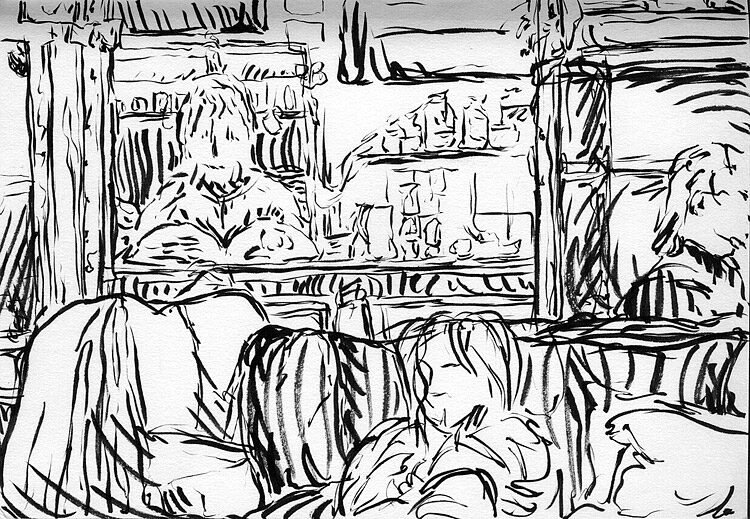
credit: JASONPOGO
Ready to Share Your Work?
How important is portability when choosing a sketchbook?
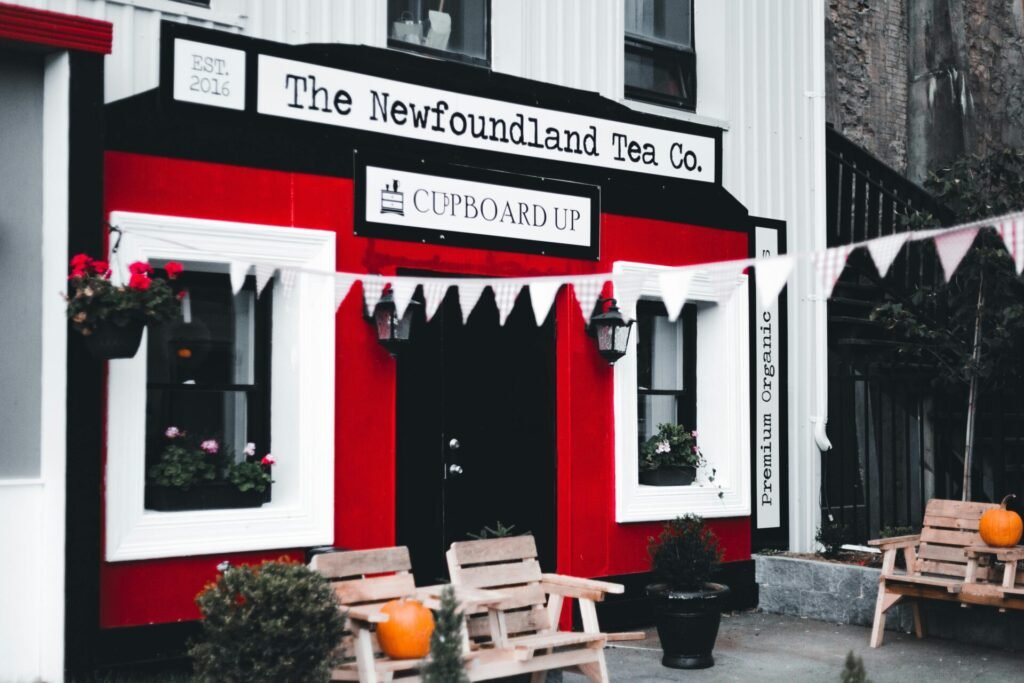
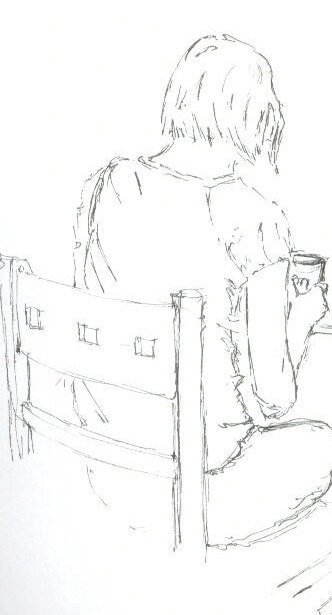
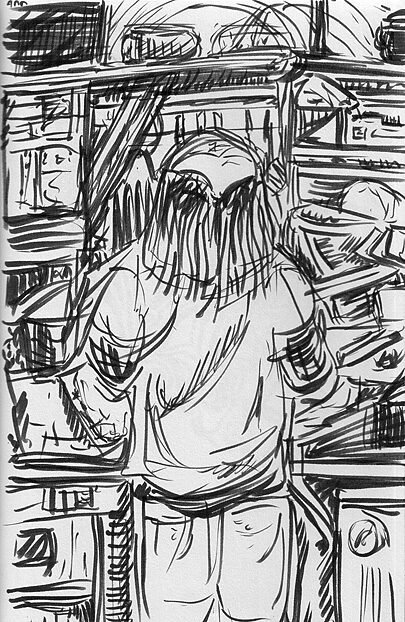

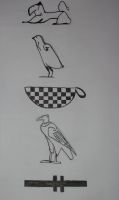

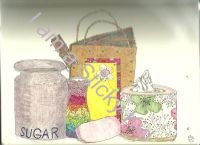

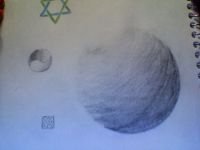
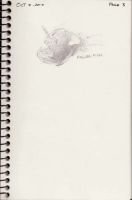



Loved the emphasis on intention.
Drawing here feels sacred, not scheduled.